
The Wonderful Wizard of Oz is a 1900 children's novel written by author L. Frank Baum and illustrated by W. W. Denslow. It is the first novel in the Oz series of books. A Kansas farm girl named Dorothy ends up in the magical Land of Oz after she and her pet dog Toto are swept away from their home by a cyclone. Upon her arrival in the magical world of Oz, she learns she cannot return home until she has destroyed the Wicked Witch of the West.
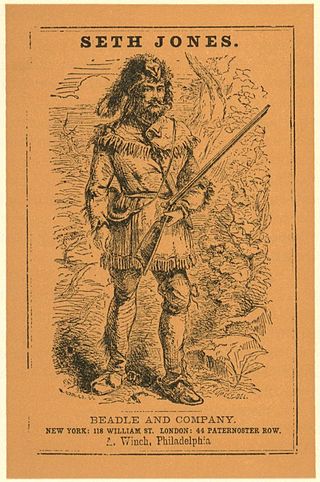
The dime novel is a form of late 19th-century and early 20th-century U.S. popular fiction issued in series of inexpensive paperbound editions. The term dime novel has been used as a catchall term for several different but related forms, referring to story papers, five- and ten-cent weeklies, "thick book" reprints, and sometimes early pulp magazines. The term was used as a title as late as 1940, in the short-lived pulp magazine Western Dime Novels. In the modern age, the term dime novel has been used to refer to quickly written, lurid potboilers, usually as a pejorative to describe a sensationalized but superficial literary work.

Beadle County is a county in the U.S. state of South Dakota. As of the 2020 census, the population was 19,149, making it the 11th most populous county in South Dakota. Its county seat is Huron. The county was created in 1879 and organized in 1880. Beadle County comprises the Huron, SD Micropolitan Statistical Area.
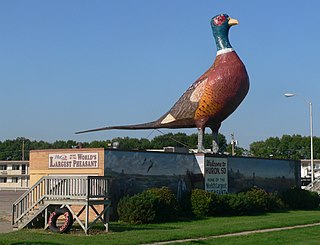
Huron is a city in and the county seat of Beadle County, South Dakota, United States. The population was 14,263 at the 2020 census, and it is the 8th most populous city in South Dakota.

Laura Elizabeth Ingalls Wilder was an American writer. The Little House on the Prairie series of children's books, published between 1932 and 1943, were based on her childhood in a settler and pioneer family.
The bibliographical definition of an edition is all copies of a book printed from substantially the same setting of type, including all minor typographical variants.

Legal deposit is a legal requirement that a person or group submit copies of their publications to a repository, usually a library. The number of copies required varies from country to country. Typically, the national library is the primary repository of these copies. In some countries there is also a legal deposit requirement placed on the government, and it is required to send copies of documents to publicly accessible libraries.
Joseph Lloyd Carr, who called himself "Jim" or "James", was an English novelist, publisher, teacher and eccentric.

Ole Edvart Rølvaag was a Norwegian-American novelist and professor who became well known for his writings regarding the Norwegian American immigrant experience. Ole Rolvaag is most cited for Giants in the Earth, his award-winning, epic novel of Norwegian immigrant homesteaders in Dakota Territory.
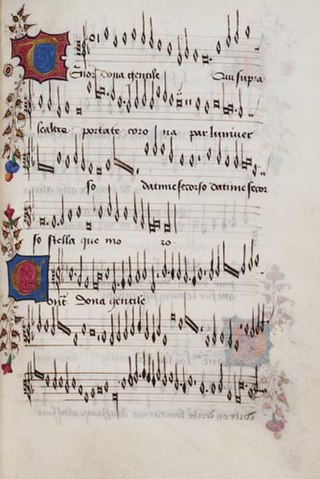
Music publishing is the business of creating, producing and distributing printed musical scores, parts, and books in various types of music notation, while ensuring that the composer, songwriter and other creators receive credit and royalties or other payment. This article outlines the early history of the industry.
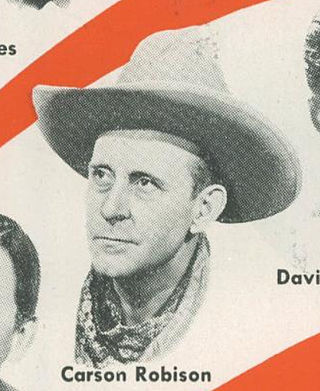
Carson Jay Robison was an American country music singer and songwriter. Although his impact is generally forgotten today, he played a major role in promoting country music in its early years through numerous recordings and radio appearances. He was also known as Charles Robison and sometimes composed under the pseudonym, Carlos B. McAfee.

Erastus Flavel Beadle was an American printer and pioneer in publishing pulp fiction.
The Quince Tree Press is the imprint established in 1966 by J. L. Carr to publish his maps, pocket books and novels. The Press is now run by his son Robert Carr and his wife, Jane.
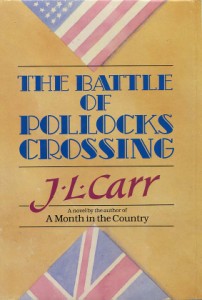
The Battle of Pollocks Crossing is the sixth novel by J.L. Carr, published in 1985. The novel was shortlisted for the Booker Prize in 1985 and followed a nomination in 1980 for A Month in the Country, his preceding novel.
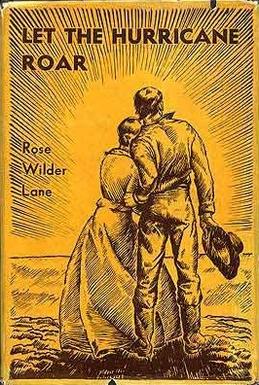
Let the Hurricane Roar, reissued as Young Pioneers starting from 1976, is a short novel by Rose Wilder Lane that incorporates elements of the childhood of her mother Laura Ingalls Wilder. It was published in The Saturday Evening Post as a serial in 1932 and by Longmans as a book early in 1933, not long after Little House in the Big Woods (1932), the first volume of her mother's Little House series.
Joseph William Lincoln Parmley was an American pioneer and early developer of the north central region of South Dakota during its early statehood. He is considered the "Father of the Yellowstone Trail," and is today memorialized by the J. W. Parmley Historical Home and Parmley Western Land Office museums in Ipswich, South Dakota.
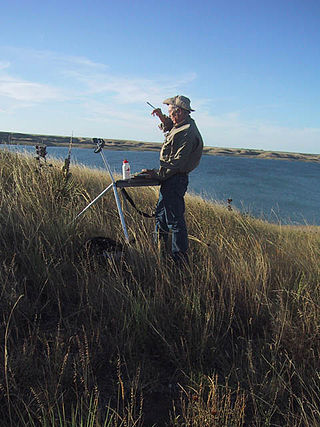
James Pollock is an American artist living in Pierre, South Dakota. Pollock has been characterized as a painter whose work is a bridge between the abstract and the concrete. His style varies widely, sometimes drawing on the abstract styles reminiscent of artists of the early 20th-century Bauhaus school, characterized by strong lines and bold colors, sometimes resembling ancient cave paintings, and sometimes straightforward renderings of landscapes and objects." Pollock is an active plein air painter and member of the South Dakota Plein Air Artists movement.

Ziba Dexter Scott (1846–1922) was a socialist politician and activist in the Dakota Territory and later the United States state of South Dakota.

John C. H. Grabill was an American photographer, known for his historical photographs, most of which were taken in South Dakota. He was born at Donnelsville, Ohio in 1849, the youngest son of David Grabill, a carpenter by his wife Catherine, née Kay. By 1860 the family had relocated to Champaign, Illinois where Grabill spent his formative years. He was involved in mining in Pitkin and Chaffee Counties in Colorado.

F. C. W. Kuehn (1884–1970), whose full name was Frank Charles William Kuehn, was an architect based in Huron, South Dakota.
















